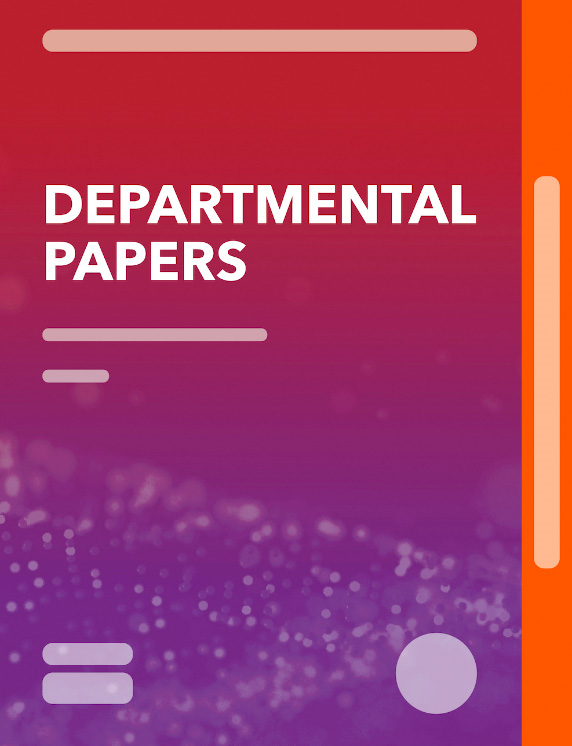Introducing a General Anti-Avoidance Rule (GAAR): Ensuring That a GAAR Achieves Its Purpose
January 31, 2016
Summary
Tax avoidance continues to attract attention globally with strong support for tax law reform at all levels. This Tax Law IMF Technical Note focuses on some of the key design and drafting considerations of one specific legal instrument (being, a statutory general anti-avoidance rule (GAAR)) which is often considered by authorities to combat unacceptable tax avoidance practices. A GAAR is typically designed to strike down those otherwise lawful practices that are found to be carried out in a manner which undermines the intention of the tax law such as where a taxpayer has misused or abused that law. However, the objective of combating unacceptable tax avoidance can itself make the legal design of a GAAR complex. This is simply because the phrase “tax avoidance” means different things to different people. Whatever the form of a GAAR, it should give effect to a policy that seeks to strike down blatant, artificial or contrived arrangements which are tax driven. However, the GAAR should be designed and applied so as not to inhibit or impede ordinary commercial transactions. This Tax Law IMF Technical Note discusses and explores how drawing a line between those arrangements which should be caught by the GAAR is a matter of degree and can be delicate.
Subject: Anti-avoidance rules, Double taxation, Exports, International trade, Legal support in revenue administration, Revenue administration, Tax avoidance, Tax law, Tax policy, Taxes
Keywords: Anti-avoidance rules, company B, Double taxation, economic gain, export exemption, Exports, GAAR determination, general anti-avoidance rule, Global, introduce a General Anti-Avoidance Rule, purpose test, sample GAAR, tax authority, Tax avoidance, tax benefit, Tax law, taxpayer, TLT
Pages:
12
Volume:
2016
DOI:
Issue:
001
Series:
Tax Law Technical Note No. 2016/001
Stock No:
TLTNEA2016001
ISBN:
9781513515823
ISSN:
2523-5753






